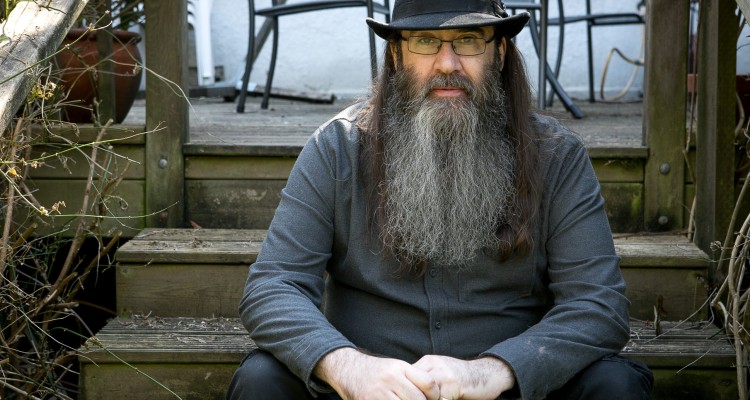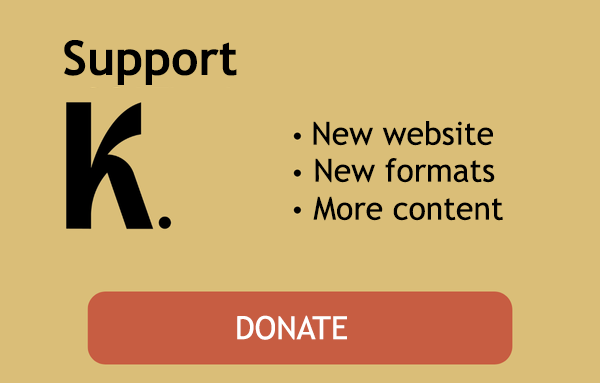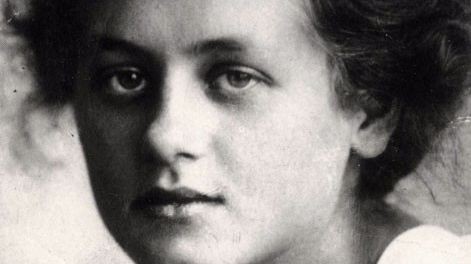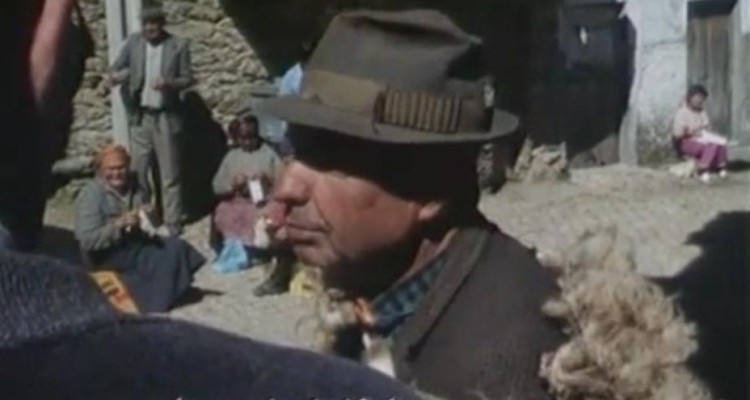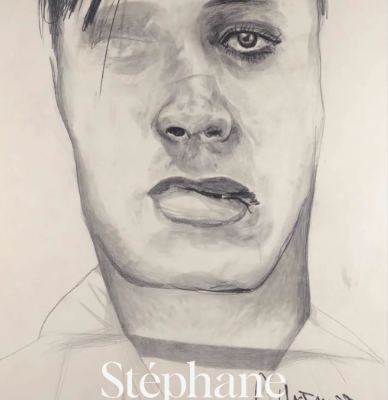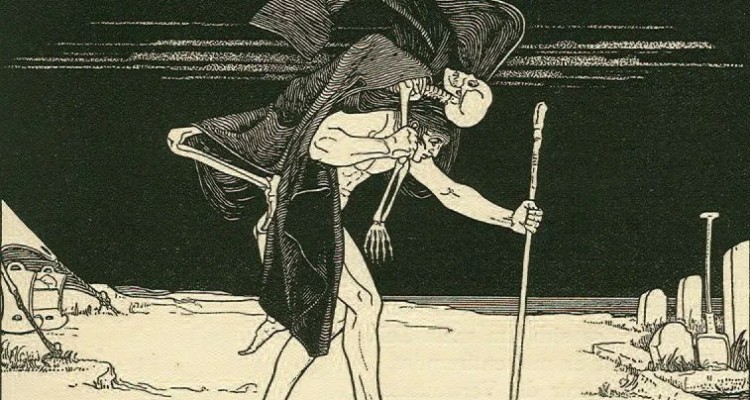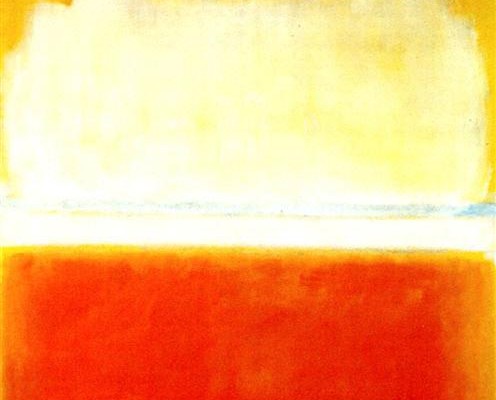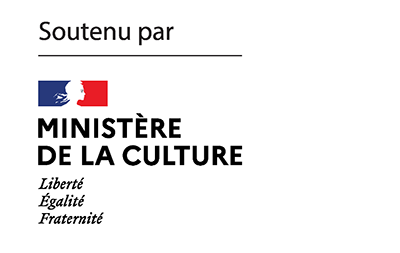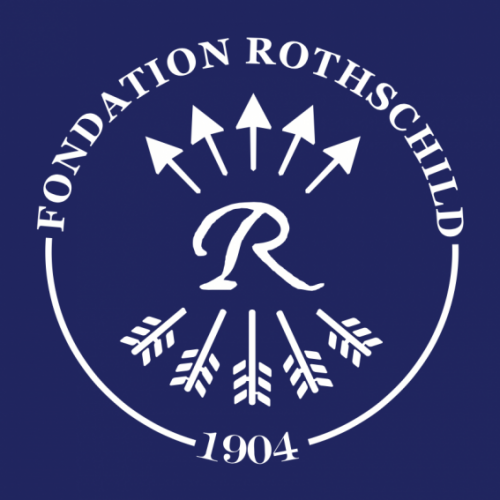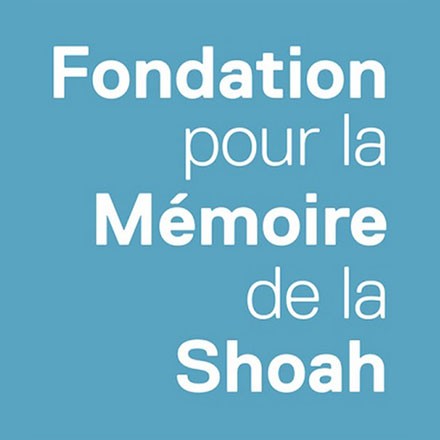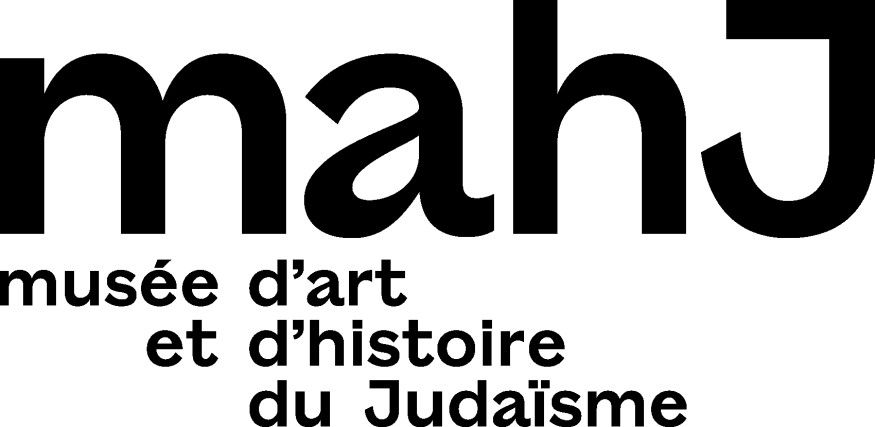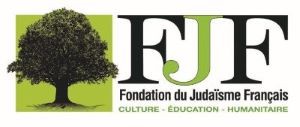Culture
Keith Kahn-Harris, author of Everyday Jews: Why the Jewish people are not who you think they are, questions, with a hint of provocation, this strange and alienating Jewish tendency to want to make themselves indispensable to the world. What if the best response to antisemitism was ultimately to claim the right to frivolity, to allow oneself a perfectly superfluous existence?
To better convey and circulate K.’s ideas, we are currently working on designing a new website for the magazine and commissioning new content. To bring this project to life, we need your support. Every donation will help keep K.’s texts and reflections alive and expand their reach.
Milena Jesenská was much more than the heroine of the passionate correspondence she had with Kafka: she was a brilliant journalist, a free and committed woman who became a ‘Righteous Among the Nations’ in 1994. With her intelligence and strength of character, she captivated Kafka, inspiring him to write some of his finest letters. She also captivated Margarete Buber-Neumann, with whom she was deported to Ravensbrück and to whom she dedicated a splendid book-portrait. On the occasion of the seventieth anniversary of Milena’s death, Christine Lecerf expressed her admiration for the woman whom Kafka wanted “to carry in his arms out of the world”.
Who, as a child, has never dreamed of discovering a secret lineage, an obscure origin that would answer the nagging question of identity? Ubiquitous in fiction, this trope of the “family saga”, well identified by Freud, sometimes intersects with a semblance of reality. It is from this tenuous junction point that Romain Moor investigates the subject of those who discover themselves to be Marranos long after the fact.
The Brutalist, which has just won three Oscars, offers a romanticized retelling of the career of a famous Hungarian-Jewish architect who survived the Shoah. A brilliant film, it nevertheless takes the risk, through its approximations and exaggerations, of missing one of the dimensions of this story – the one relating to architecture, which is at the heart of the film. An insight by architect Albert Levy.
An artist, criminal and provocateur who lived and died on the fringes. Mitchell Abidor traces the journey of the Belgian-Jewish artist Stéphane Mandelbaum, who fused his Jewish identity, dyslexia, and obsession with both outcasts and perpetrators into creations that challenge and unsettle.
From the subtle precision of The Metamorphosis to the unfinished enigma of The Castle, the Morgan Library & Museum exhibition on Franz Kafka, illuminates hiss creative process and evolving relationship with Jewishness, modernity, and the imagination. Mitchell Abidor weaves this exploration into the fabric of Philip Roth’s American literary landscape, revealing how Roth’s work refracts Kafka’s profound themes of family, identity, and exile through a distinctly Jewish-American lens.
Dybbuk, golems, zombies, spectres, werewolves and other Mazzikim, Jewish demonology has penetrated the cinema, but what does it have to tell us? Between memories of the Shoah, reflections on evil, the body or the unconscious, or even the quest for an alternative religiosity – on the occasion of the exhibition currently on view at the mahJ in Paris: “The dybbuk. Phantom of the lost world”, an investigation into one of Judaism’s most singular contributions to art and representation. By David Haziza, who has just published ‘Jewish myths. The return of the sacred’, in the Diaspora book series published by Calmann-Lévy.
In our final summer issue, we present you with a selection of texts that have already appeared in our pages, grouped around a key theme. With the end of summer and the soon to be starting new Jewish calendar year, this week we turn our eye to the complexity of Jewish identity and experience and the culture of questioning that accompanies us throughout – with perspectives from Ivan Segré, Mona El Khoury, Ruben Honigmann, Astrid von Busekist and Noémie Issan-Benchimol.
Join us
With the support of:
Thanks to the Paris office of the Heinrich Böll Foundation for their cooperation in the design of the magazine’s website.
